

Designation:VFH-10 Auroran Veritech Fighter/Helicopter (a.k.a. AGACS) |
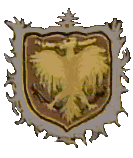
|
||||
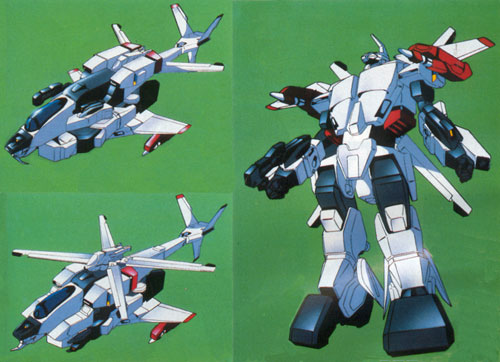
|
|||||
| Fighter | Jet Helicopter | Battloid | |
|---|---|---|---|
| Total Length : | 9.0m | 9.0m | - |
| Total Depth : | - | - | 2.5m |
| Total Height : | 3.0m | 3.2m | 8.9m |
| Total Breadth : | - | - | 2.8m |
| Total Wingspan : | 6.9m | 6.9m | 6.9m |
| Rotor Diameter : | - | 7.1m | 7.1m |
| Total Dry Weight: | 16.8 metric tons |
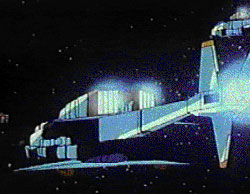
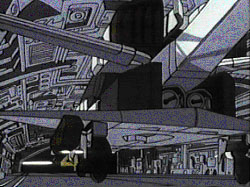
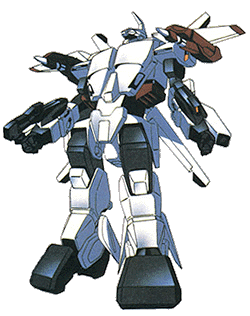
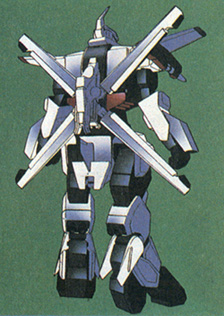
(All)
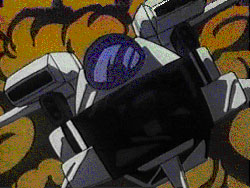
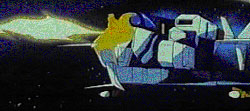
(VFH-10B only)
|

|
The armor on the AGACS is a new development in low-mass composite-materials Chobham plating that became the standard for all Terran mecha after its application to the VQ-6A Vandal. Aside from the respectable protection provided against projectiles, missiles, and other kinetic weapons, this armor is also resistant to plasma globes (annihilation discs), lasers, and to a lesser extent, particle guns, owing to the fact that the armor can flake off and evaporate in layers under fire from such high-energy weapons, taking much of the weapon's energy and converting it into the latent heat of sublimation in the armor. The armor stops all small arms and heavy infantry weapons fire, provides good resistance to light mecha-mounted weaponry, such as the Zentraedi 22.3mm HE autocannon round, and poor resistance to medium mecha-mounted weaponry, such as the Valkyrie's 55mm APFSDS round.
The AGACS provides full protection from nuclear, biological, and chemical hazards, using an overpressure cockpit environment activated by radiation and hazardous chemical sensors, or manually when biological warfare conditions are anticipated. The internal consumables supplies can provide atmosphere for one day maximum.
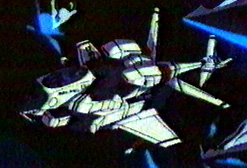
The Auroran, much more commonly known by the acronym AGACS, was developed to fulfill two different specifications: an air cavalry mecha for the Armies of the Southern Cross' Tactical Corps, and as a medium space fighter for the Tactical Armored Space Corps. The aerial theaters on Earth were assigned to the powerful non-transformable fighters of the Tactical Air Force, including their F-207 Sylphid fighter, and the F-206 Falcon II intercepter. Therefore, a demand that the AGACS also serve as the main atmospheric fighter plane was dropped in the early days of the design phase.
Because the only remaining atmospheric mission was as an air cavalry mecha, the AGACS was not required to reach high Mach numbers, and more time could be devoted to improving the slow-speed near-ground characteristics of the Auroran. The modest Mach 1.6 it could reach sufficed to engage its intended enemies, the AGACS's Zentraedi counterpart, the Power Armors. The missile armaments were specially designed for this task; the AGACS could be equipped with the most lethal medium-range missiles developed to date, the Lightning missiles, in addition to the more conventional Hammerhead and Diamondback. The Lightning released cluster warheads near their target, and is capable of taking out several battlepods or power armors per missile. The Southern Cross hoped that this would offset the numerical advantage the Zentraedi were thought to have. After the missiles had been fired, the AGACS were supposed to use their impressive mobility and their powerful laser to destroy the remaining mecha. Ironically, the Tactical Corps usually fitted other missiles to the mecha, when it found out that the Tirolians were often engaged inside Earth's cities and installations. Later, Invid mecha were more often engaged at close range with smaller missiles than at long range with cluster warheads, for the maneuverable Invid were more adept at scattering (and cluster-defeating) tactics than the Zentraedi or the Tirolians.
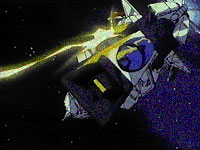
In space, the AGACS was designed to offer a small, maneuverable target, difficult to hit. In this theatre the advanced missiles would also be very effective, and the laser, unhindered by any atmospheric conditions, would offer a large range in addition to a high rate of fire, the latter to both increase delivered damage and to increase the chances of a hit.
Unlike its Alpha contemporary, the AGACS used helicopter components as its intermediate form. The helicopter capabilities were equal to those of the Guardian mode, and the fact that the transformation sequence required only minimal modifications from the Fighter mode increased the internal space. The extra room was used to increase the number of quad-protoculture cell energizers installed to three, and the extra power allowed a substantial increase in the delta-v by boosting the engines' magnetic bottling so as to increase engine temperature and reaction-mass-to-thrust efficiency. The additional power was also employed by the laser, which eliminated any ammunition problems and vastly increased the rate of fire. This was significant, because neither launcher package carried near as many missiles as the Alpha could.
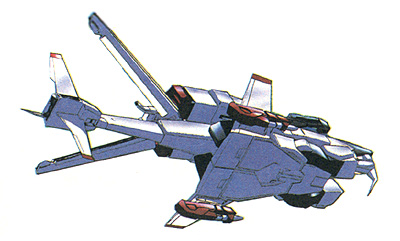
Due to certain minor differences in the required sensor and electronics fittings of the AGACS between the TASC and the TC, two different versions were procured, although the differences were minor enough that either version could function almost as effectively in the environment of the pther. Indeed, many VFH-10B TC AGACS were pressed into TASC service in the latter stages of the Second Robotech War. The differences were mainly the deletion in the VFH-10B of the nose-mounted high-definition, narrow-angle IIR sensor, which was of dubious advantage on Earth given the relatively close horizon there and the Allview medium range system also installed. Instead, the VFH-10B mounted another laser cannon in that space. Further minor differences concerned the Veritech's climtae control system, which was more geared towards atmospheric operation in the VFH-10B, though still quite capable in a vacuum, and in other environment-specific systems such as a more robust brake system for the more common unarrested landings.
The Southern Cross was very impressed with the first series of pre-production AGACS, and these were issued to the Tactical Armored Space Corps' (VFH-10A) and Tactical Corps (VFH-10B) for operational testing. While the designated TASC squadrons were evaluating the space performance of the AGACS in 2029, the Tirolian invasion fleet arrived near Luna. A battle immediately ensued, and the AGACS performed quite well in its baptism of combat. Immediately after this first clash with Bioroids, the AGACS was ordered into full war production. Unfortunately, setting up the production lines took more effort than expected, and it was not until over a year later that the AGACS was introduced to the Armies of the Southern Cross in large numbers, with first priority being assigned to the VFH-10A for the hard-pressed TASC.
Thousands of AGACS were produced during and after the Second Robotech War and deployed against the Tirolian and Invid forces. This mecha was initially mostly used in space, where the maneuvering thrusters in the helicopter blades gave the AGACS somewhat more agility than the VF-8 Logans it was replacing. The heavy missiles especially came in very handy against the Masters' mecha, which were far more heavily armored than those of the Zentraedi, the envisioned opponents against which the AGACS never saw action.
Animation of the VFH-10 Auroran AGACS transformation sequence (~385kB).
Return to Southern Cross Veritech Index.
Go to Robotech Reference Guide Home Page
Robotech (R) is the property of Harmony Gold. This document is in no way intended to infringe upon their rights.
Content by Pieter Thomassen, and Peter Walker with Rob Morgenstern
HTML by Robert Morgenstern (rmorgens@ieee.org)